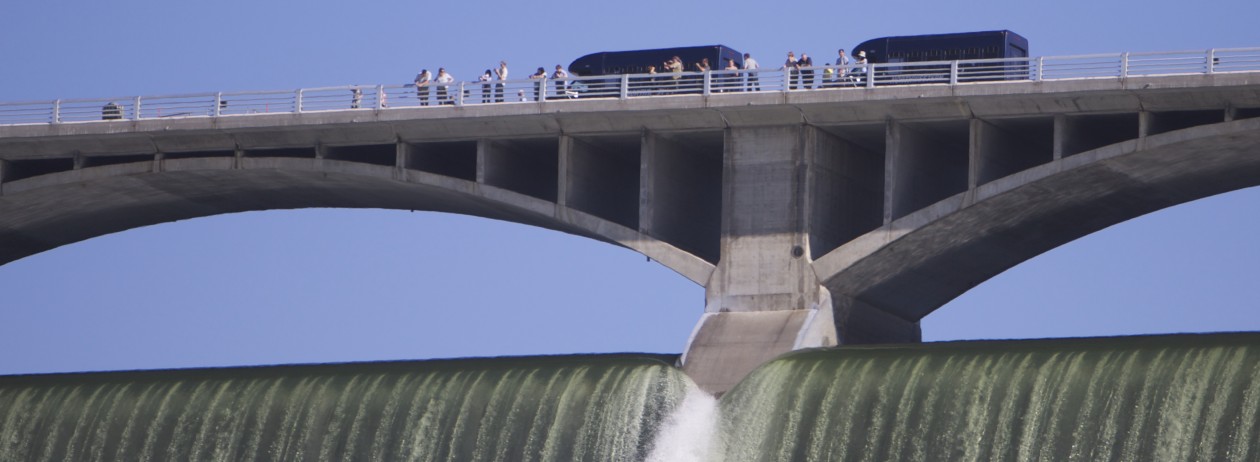
SEATTLE – The U.S. Army Corps of Engineers is lowering the reservoir water level upstream of Chief Joseph Dam by 1.5-2.5 feet below normal pool this weekend, but the Seaton’s Grove boat launch will remain open.
Water managers expect that work scheduled for April 11-12, to prepare for a bank stabilization project, will lower Lake Rufus Woods from its normal low-pool level of 950 feet above sea level to a lower elevation between 947.5-948.5 feet.
The project will eventually address erosion problems by placing bank-stabilizing rock armor and native plantings along 700 feet of shoreline on the Columbia River’s northeastern bank downstream of Seaton’s Grove boat ramp.
To prepare the site for construction, the waterline is being lowered this weekend for an inspection of conditions, and to remove vegetation and other obstructions that could impact bank protection integrity.
Water levels are expected to return to normal April 13.
A Corps spokesman said he didn’t know when the actual construction work would take place or how long it would take.
When complete, the structure will provide protection against reservoir erosive forces, the Corps stated in a press release Friday.
The Corps said that throughout the planning process it coordinated with the Environmental Protection Agency, Bureau of Reclamation, Confederated Tribes of the Colville Reservation, Washington Department of Ecology, and U.S. Fish and Wildlife.





